Warli Paintings: Traditional Folk Art from India
Art represents an artist's relationship with life and everything that is part of it - relation, ritual, livelihood, family, relationships, death..... It is in this context alone that the true essence of Warli paintings can be appreciated. The paintings are executed inside the hut. Walls are first smeared with cowdung. Red mud is then applied to provide the base texture. Pointed bamboo twigs and thin rice paste are used to draw patterns. The theme and content of the drawings varies with the occasion and the deity being worshipped. The designs are intricate, decorative patterns depicting rituals, folk tales, traditions and the main preoccupations of the people: hunting, sowing and harvesting, birth, marriage and death. Trees which play a crucial part in the Warli's livelihood are given careful attention in the paintings. Different varieties of trees are drawn in detail forming intricate decorative patterns. Birds, squirrels, monkeys, snakes and other animals are also depicted in action giving the painting vibrancy and movement. Other elements in nature like streams and rocks are also featured. Human forms are often used to render abstract patterns and geometrical shapes. Besides marriage and harvest festivals, the Warli women decorate their huts on important occasions like birth and death.
Get it now and save 10%
BECOME A MEMBER

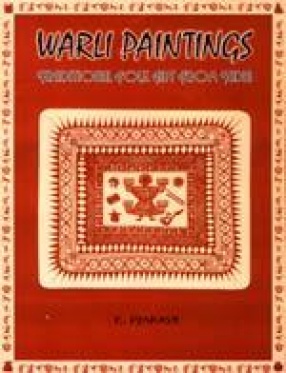
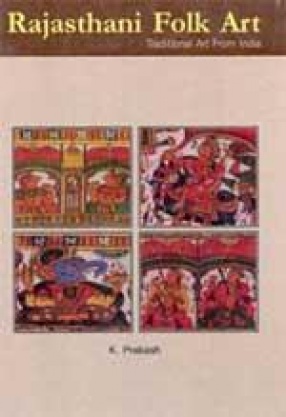
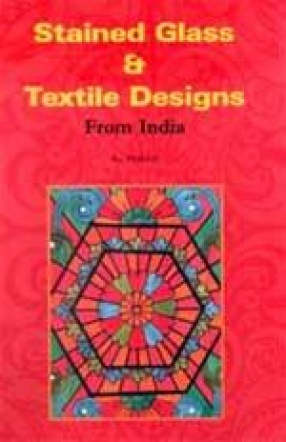
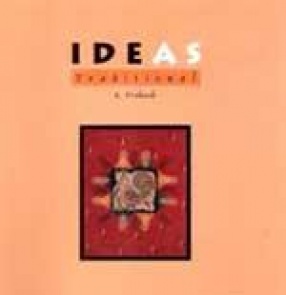
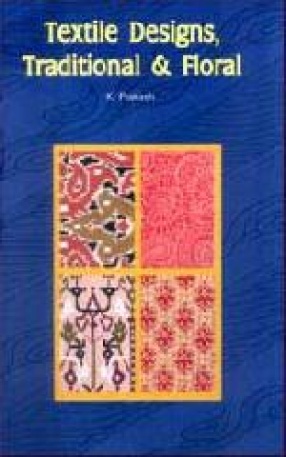

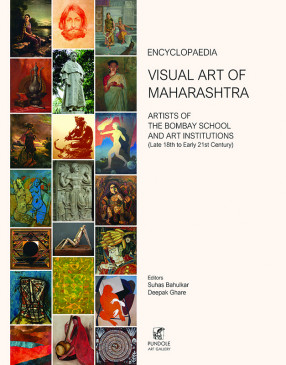
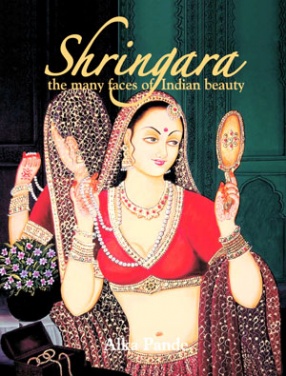
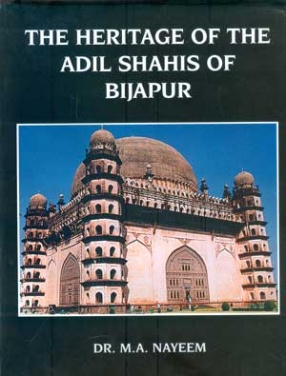

Bibliographic information